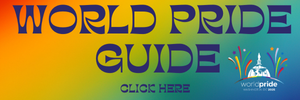MALE HOUSEKEEPERS
Good looking male housekeepers available for cleaning and organzing, etc.
Our housekeepers are professional and get the job done, available weekly or monthly.
Our male housekeepers wear regular clothes, underwear, jockstrap or nude.
There is no touching allowed, but you can enjoy looking at them of course.
Serious inquires only. We are not an escort service.

Real Estate
No Rose, your interest rate has nothing to do with how many likes you got on Hinge
Many factors help determine rates these days
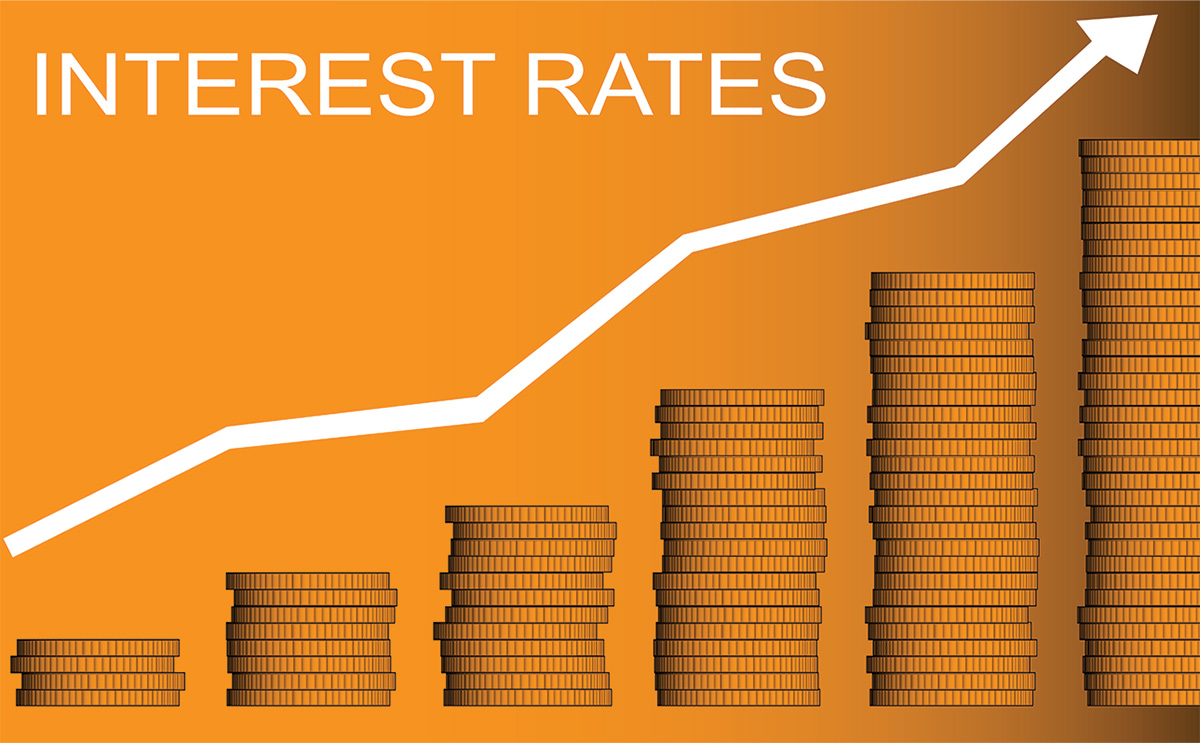
Picture it, you’re sitting in the lunchroom at work, and your coworker just bought a house. Another coworker bought one a few months ago and you hear that she got a totally different interest rate than the other one did, even though they both bought houses not that far from each other. Homebuyers everywhere have been wondering what interest rates they are going to get, lately. It’s easy to read an article online or see an ad on social media stating specific numbers, but there may be more than meets the eye going into a particular buyer’s interest rate.
What are the factors that can affect the interest rate a buyer eventually “locks in”?
- Property details – certain properties may be in neighborhoods with higher rates of foreclosure, or there may be specific census tracts that allow a buyer to participate in the “Fannie Mae Home Ready” and “Freddie Mac Home Possible” programs, which carry more flexible requirements such as various income limits and lower interest rates, to help people begin homeownership.
- Type of loan / loan amount– a conventional, conforming loan or a jumbo loan can have differing interest rates, as well as FHA loans.
- Credit score – most people are aware that this affects what interest rate is quoted, just like on a credit card. Some lenders will work with you on ways to improve a credit score if the goal is to buy six, nine, or 12 months from now.
- Lock period – do you want to lock in the rate for 30 days? 45? Market volatility can cause the rates to change so it will cost more money to hold onto a particular interest rate.
- Loan to value ratio – one can still buy a home with less than 20% down, but the rate that is quoted may be higher.
- Occupancy type – is this the primary residence or an investment property?
- Points bought or credits taken – A buyer can pay the lender a fee to buy down the interest rate, or the seller can sometimes offer a credit. This has become more popular in recent years.
- Market conditions – keep an eye on the news – as we are all aware, change is the only constant!
Lender Tina del Casale with Atlantic Union Bank says, “With jumbo fixed rates in the low 6’s, and first-time buyer down payment assistance loans such as DC Open Doors, rates are in the mid 7’s. With the added factors of your income, the address you are purchasing and your credit score factoring into the equation, interest rates are different from buyer to buyer these days. So, skip the online tools and make a few calls because that’s the only way to get an accurate quote these days!”
It might feel like an overwhelming amount of information to take on, but remember, there are people that help others take these big steps every day. A trusted lender and Realtor can guide their clients from start to finish when it comes to purchasing a home. And for that, you’ll be saying, “thank you for being a friend!”
Joseph Hudson is a referral agent with Metro Referrals. Reach him at 703-587-0597 or [email protected].
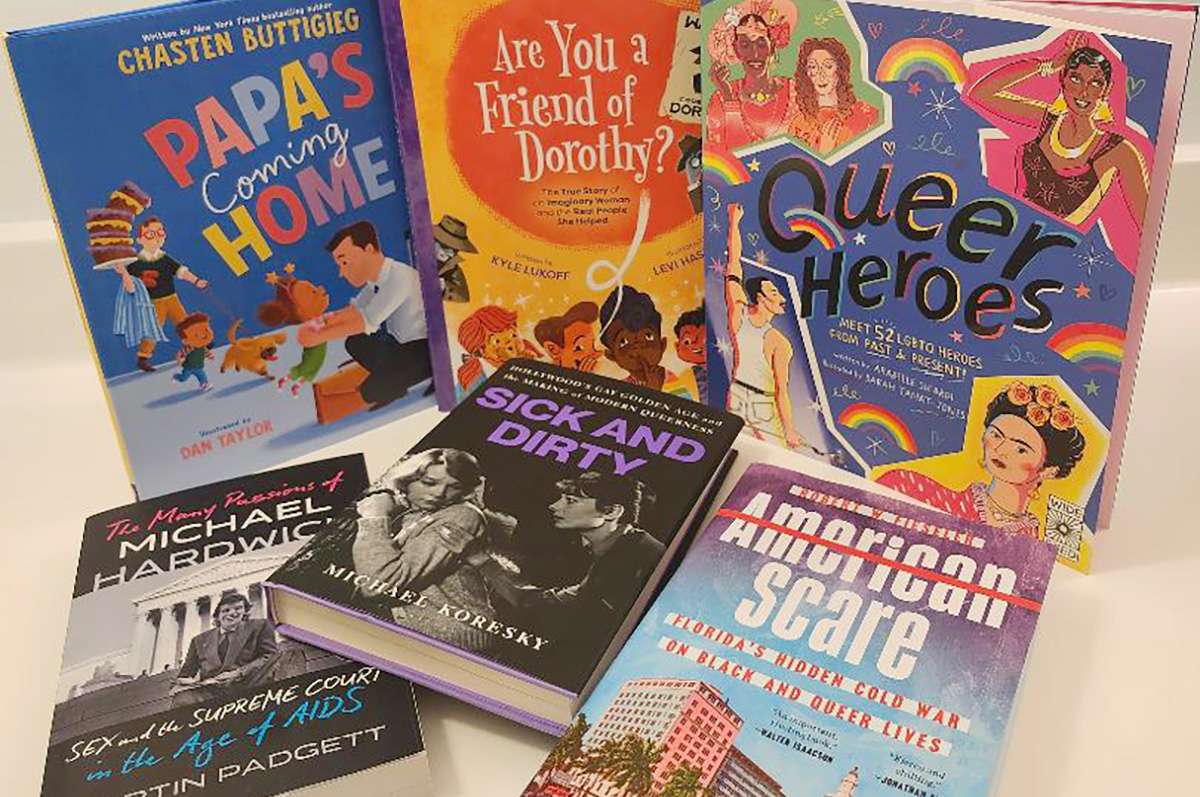
You’ve done your share of marching.
You’re determined to wring every rainbow-hued thing out of this month. The last of the parties hasn’t arrived yet, neither have the biggest celebrations and you’re primed but – OK, you need a minute. So pull up a chair, take a deep breath, and read these great books on gay history, movies, and more.
You probably don’t need to be told that harassment and discrimination was a daily occurrence for gay people in the past (as now!), but “American Scare: Florida’s Hidden Cold War on Black and Queer Lives” by Robert W. Fieseler (Dutton, $34) tells a story that runs deeper than you may know. Here, you’ll read a historical expose with documented, newly released evidence of a systemic effort to ruin the lives of two groups of people that were perceived as a threat to a legislature full of white men.
Prepared to be shocked, that’s all you need to know.
You’ll also want to read the story inside “The Many Passions of Michael Hardwick: Sex and the Supreme Court in the Age of AIDS” by Martin Padgett (W.W. Norton & Company, $31.99), which sounds like a novel, but it’s not. It’s the story of one man’s fight for a basic right as the AIDS crisis swirls in and out of American gay life and law. Hint: this book isn’t just old history, and it’s not just for gay men.
Maybe you’re ready for some fun and who doesn’t like a movie? You know you do, so you’ll want “Sick and Dirty: Hollywood’s Gay Golden Age and the Making of Modern Queerness” by Michael Koresky (Bloomsbury, $29.99). It’s a great look at the Hays Code and what it allowed audiences to see, but it’s also about the classics that sneaked beneath the code. There are actors, of course, in here, but also directors, writers, and other Hollywood characters you may recognize. Grab the popcorn and settle in.
If you have kids in your life, they’ll want to know more about Pride and you’ll want to look for “Pride: Celebrations & Festivals” by Eric Huang, illustrated by Amy Phelps (Quarto, $14.99), a story of inclusion that ends in a nice fat section of history and explanation, great for kids ages seven-to-fourteen. Also find “Are You a Friend of Dorothy? The True Story of an Imaginary Woman and the Real People She Helped Shape” by Kyle Lukoff, illustrated by Levi Hastings (Simon & Schuster, $19.99), a lively book about a not-often-told secret for kids ages six-to-ten; and “Papa’s Coming Home” by Chasten Buttigieg, illustrated by Dan Taylor (Philomel, $19.99), a sweet family tale for kids ages three-to-five.
Finally, here’s a tween book that you can enjoy, too: “Queer Heroes” by Arabelle Sicardi, illustrated by Sarah Tanat-Jones (Wide Eyed, $14.99), a series of quick-to-read biographies of people you should know about.
Want more Pride books? Then ask your favorite bookseller or librarian for more, because there are so many more things to read. Really, the possibilities are almost endless, so march on in.

Earlier this month, 250 people from faith communities across the D.C. area gathered at All Souls Church Unitarian Washington, D.C., to celebrate the 42nd Pride Interfaith Service titled “Woven with Faith and Power.” More than 200 people joined the livestreamed service. From the pulpit hung a Pride progress flag and behind it, a collection of rainbow tulle fabric matching the scarves that I and others waved up and down the aisle as a Maypole celebration for the pagan community. All Souls choir members were dressed in colors that created a rainbow when they sang in formation, and clergy of all religions were decked out in rainbow stoles and vestments.
Attendees were welcomed by the Umoja Dono and Waimbaji drummers, followed by a procession of faith leaders as the choir sang “Step by Step, the Longest March.” It was one of the largest gatherings of faith leaders I had ever seen, from Druid clergy and Hedge priests to rabbis and imams to Sisters of Perpetual Indulgence.
The church was packed with singers, drummers, the DC Peace Team, and members of the public that had come to sing and celebrate interfaith solidarity during WorldPride. The location and history of the event was especially significant. It was on the All Souls chancel that the right for marriage equality was enshrined in Washington, D.C., back in 2009. But the history of the Pride Interfaith Service is much older, dating back to a day-long prayer vigil held in conjunction with the display of the AIDS quilt during DC Pride in 1985.
The vigil was organized by the Washington Area Gay and Lesbian Interfaith Alliance (WAGLIA). In the mid-2010s, WAGLIA changed its name to the Celebration of the Spirit Coalition and later, Center Faith, which strives to promote religious pluralism and interfaith collaboration by hosting events like the annual Pride Interfaith Service that gathers together its partner organizations from a variety of faith traditions, including Jewish, Christian, Muslim, Hindu, Sikh, Buddhist, Unitarian Universalist, Mennonite, Brethren, Centers for Spiritual Living, Radical Faeries, Pagan, Wiccan, and Earth Religions.
As Rev. Darryl! LD Moch, Pastor at United Church of Christ (UCC) of Fredericksburg and Jonah Richardson from Adas Israel Congregation welcomed people to “continue this work of gathering, uniting in faith, and standing together as we work to weave a better world,” the latter acknowledged this rich history of queer interfaith activism in DC. I was fortunate to stand in for this rich history and speak truth to power in remembering that queer interfaith work, just like the queer community itself, has a long and sacred history. This is my third year serving as the historian for the Pride Interfaith Service.
At the time during the HIV/AIDS crisis, and today with the rise of Christian nationalism, Rev. Carmarion D. Anderson-Harvey of the United Church of Christ said that recognizing this history has never been more important. Our communities are under attack.
Many loved ones have been lost to HIV/AIDS, to queerphobic violence, and to old age, including Allan Armus who organized that first prayer vigil with representatives of nine different faiths back in 1985: Joe Pomper, Daniel FL Hays, Christian Yoder, Joe Sophos, Rev. Elder Robert Vanzant ThD, Bishop Yao Kwabena Rainey Cheeks, Charles Redden Butler Neto III, and Imam Daaiyee Abdullah. And so the service called out to and welcomed in these ancestors “who fought and won many of the rights we are afforded with us today,” Rev Dr. Wallace R. Henry III of Inner Light Ministry UCC said during the ancestor libation.
Their wisdom is invaluable but so too, Tahil Sharma, faith director at the National LGBTQ+ Task Force, said, is reaching out to and involving young people in this work. Sharma urged that the question “Where are the young people? should be carved into the first steps of every sacred space that has asked me that question.” Sharma urged faith leaders present not to gatekeep leadership or decision-making but to invite in young people to carry on the legacy of interfaith advocacy, and for young people to know the history of faith within queer communities.
Later in the service, Ebony C. Peace, a Unitarian Universalist Lay Community Minister, specifically called this out–the importance of recognizing the legacies of harm that people and institutions of faith have caused LGBTQ+ people and the wider community, through physical and spiritual violence such as conversion therapy, purity culture, and colonial erasure. The freedom to religion, Peace said, is just as important as the right to freedom from religion, especially as far-right Christianity continues to be weaponized against LGBTQ+ peoples’ rights.
Atheists, agnostics, and the “nones” — the people who identify with no form of religion — Peace said, are valid and important contributors to interfaith work, recognizing that faith is not for everyone and spirituality, especially for queer people hurt by organized religion, is often a malleable and non-organizational conduit to sacred affirmation.
The desire to protect the LGBTQ+ community’s access to and freedom from religion is also a critical way, Rev. Anderson-Harvey affirmed, to understand and affirm that sacredness is inherent within all queer and trans people. They are divine and holy, Anderson-Harvey affirmed, echoing the Lavender Interfaith Collective’s Call to Action in the Washington Blade: “every person is worthy, every voice sacred, everybody divine.” And no part of them or anyone can be or is illegal, Rev. Cuban Episcopal priest Yoimel Gonzalez Hernandez said.
“This is sacred work,” the Collective’s Call affirmed, and work that must prioritize and uplift the value of every person in these communities through intentional actions against ableism, racism, white supremacy, and all other forms of oppression.
It echoed a panel held just two days earlier at the Metropolitan Community Church of Washington (MCC-DC), festooned with rainbow textiles and a handmade quilt stitched with the church’s motto, “Every Thread Divine,” for WorldPride. There, Ani Zonneveld from Muslims of Progress Values, ordained Druid clergy member Rev. Shige Sakurai from the Unitarian Universalist Church, hedge priest Ron Padrón from White Rose Witching, and I gathered as panelists to discuss the history, potentials and futures of interfaith coalition building and action and to commit to learning and acting together.
With stickers reading “Gay is God,” a play on D.C.-based activist Frank Kameny’s “Gay is Good” and miniature rainbow flags with powerful phrases like “Trans is Divine,” “Protect Trans Kids,” and “God is Gay” fixed to attendees shirts, about 40 people gathered at MCC-DC to discuss interfaith cooperation and LGBTQ+ advocacy, exploring how we protect our movement and reimagine collective paths toward peace. It was a meaningful start to a week of interfaith work that Center Faith and the Lavender Interfaith Collective will continue throughout the year.
Closing with everyone singing a rendition of “Sometimes Inside So Strong,” those gathered proclaimed that “the more you refuse to hear my voice, The louder I will sing”–a testament to queer people of faith’s refusal to back down in the fight for survival and liberation and queer and allied faith leaders commitment to fight the weaponization of faith as a tool for queer oppression.
Emma Cieslik is a D.C.-based museum worker and public historian.
-
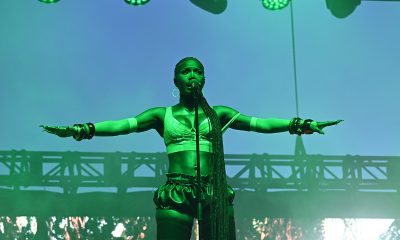
 World Pride 20253 days ago
World Pride 20253 days agoWorldPride recap: Festival, parade, fireworks, and Doechii
-
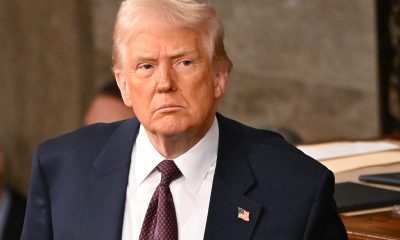
 U.S. Federal Courts4 days ago
U.S. Federal Courts4 days agoJudge temporarily blocks executive orders targeting LGBTQ, HIV groups
-

 Photos4 days ago
Photos4 days agoPHOTOS: WorldPride Parade
-
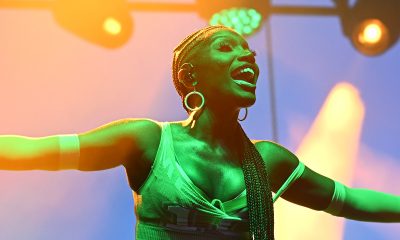
 Photos4 days ago
Photos4 days agoPHOTOS: WorldPride Street Festival and Closing Concert
